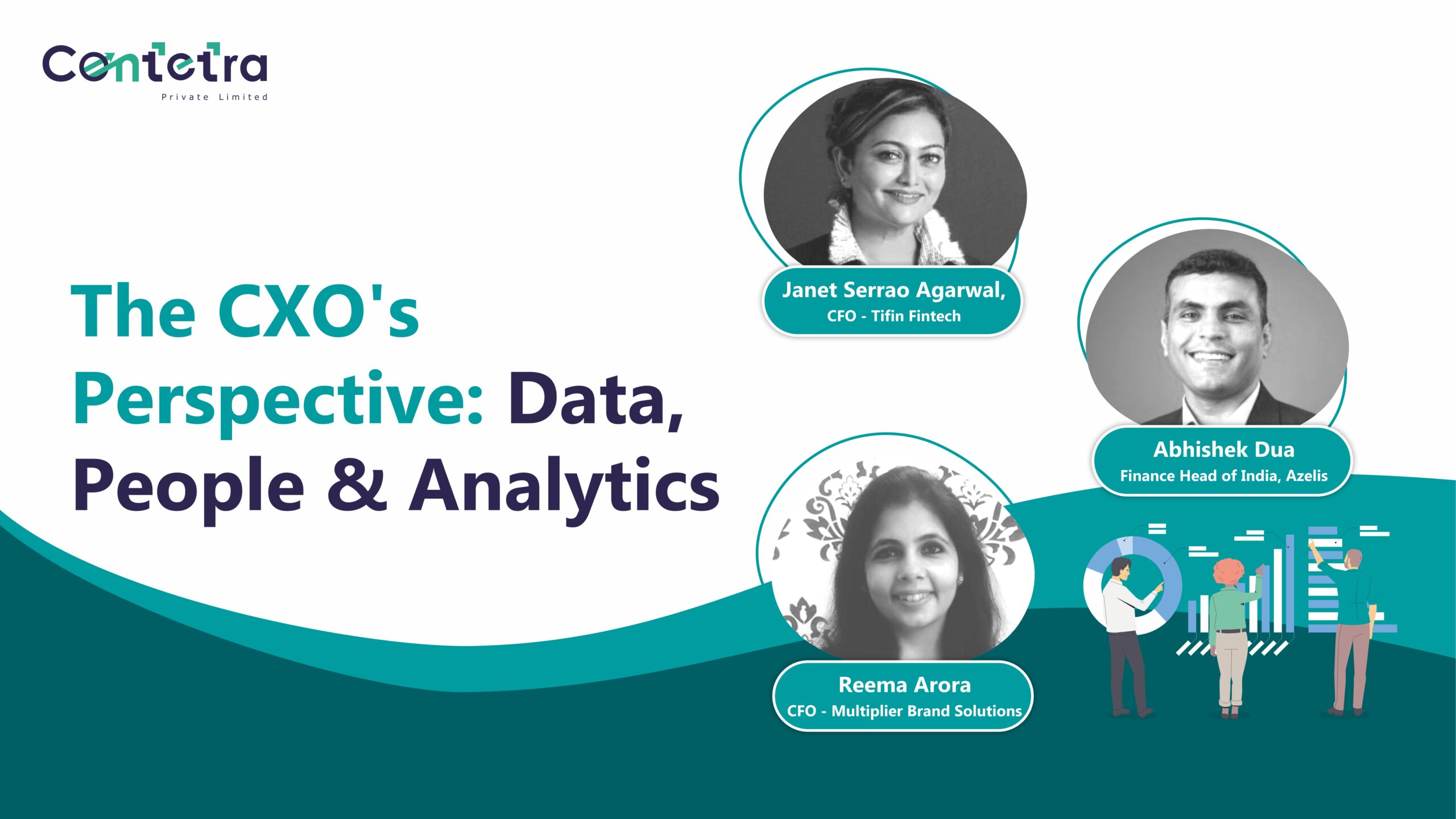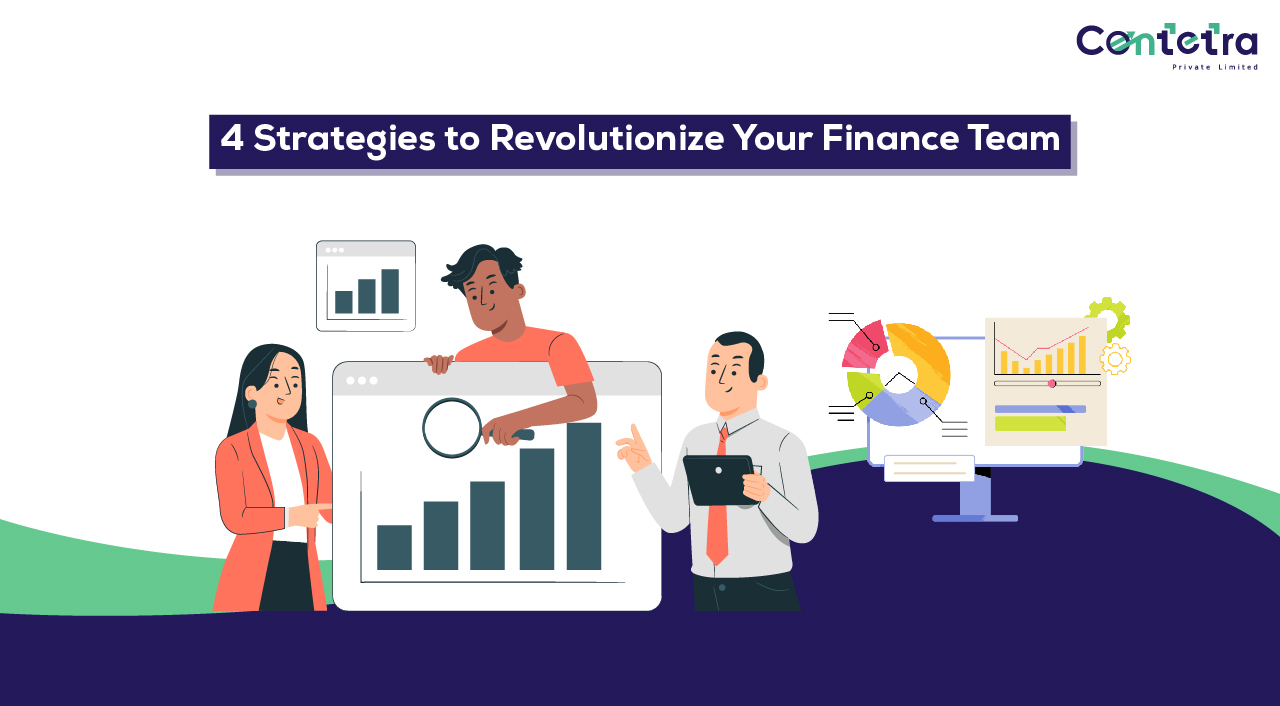In recent times of global turmoil, rising global inflation, ever-changing business models, market consolidation in emerging economies and increase in volume and complexity of business data – finance operations and the FPA function in particular have had to adapt in data management and building more robust processes so that they can rise to the challenge of changing operational requirements.
We spoke to Rizwan Bora, Head of Finance MENA at a major multinational investment bank which provides financial services, who is passionate about integrating FP&A practices with business operations to maximize ROI for multiple stakeholders, talks about the challenges organisations are facing provides insights into the evolving role of finance leaders.
Rizwan is a Chartered Accountant with 20+ years of experience in all finance operations (reporting, regulatory & tax compliance, budgeting, audit, and FPA) and is a Six Sigma certified professional. He supervises the entire finance operations, championing effective decision making, streaming processes for efficient performance and timely, accurate reporting.
“Identifying trends and patterns by analyzing data to predict the foreseeable direction of the organisation has become indispensable today. Without this analysis, decision making is not possible,” said Rizwan when asked about the pivotal role played by the FPA function in organisations.
“Scenario planning, performance reporting and modelling are the only way to truly understand how to allocate resources efficiently, and in turn help the organisation achieve its strategic objectives. This is the most important responsibility of the CFO and the FPA team enables this duty to be carried out.”
In your experience, what are some of the major challenges faced by CFOs and the FP&A teams in carrying out the above activities?
“Inefficient technology, lack of automation, inaccurate data and lack of collaboration between multiple departments are the main reasons for bottlenecks. A lot of companies are still unaware of the importance of investing in technology which fuels the role of FPA. Because of inconsistent reports, and mismanaged systems – the time spent in analyzing insights from data is still less than the time spent in organizing, sorting and collecting it!”
As a senior finance leader, what impacts do you think the pandemic, global supply-chain meltdown and resulting inflation have had on the functioning of FPA teams?
“Post the pandemic there was a definite increased awareness and demand for insights on cash flow and liquidity. The importance of modelling the impact of future emergencies were realized. This also brought about a discipline of ensuring a safety net in case of less-than favourable scenarios envisioned by most of the organizations. For instance, the supply chain disruptions post the pandemic encouraged companies to reevaluate their exposure to third party vendors and look to local suppliers. This made them realize the importance of being able to respond to uncertain changes in the external environment.
It also forced companies to reassess their FP&A processes. The traditional assumptions and models made were all rendered moot as the methods were too detailed and took time away from making improvements. More companies are now focusing on dynamic, flexible, and less detailed models. It has emphasized the importance of constantly upgrading and developing the existing models, simplification and also creating new ones.”
In your expert opinion, how will technological innovation help companies optimize their FP&A processes?
“Investing in cutting edge technology will help companies make their FP&A function more responsive and efficient. Cloud-based computing can help overcome the issue of integration of data and lack of timely data availability with standardization and streamlining of processes. It ensures all users have access to the updated version of the files. This also helps overcoming the problem of lack of collaboration between departments. Multiple teams can view, access, and edit the data at the same time, which can help speed up the decision-making process.
Machine learning and visualization technologies can help turn data into insights. They can give ubiquitous reports which provide detailed analyses. Advance analytics and scenario planning technologies can help develop models to improve working capital and inventory management and conduct top-down scenario analyses more efficiently.”
What is the most important point to keep in mind before incorporating new technology in the business?
“Well, you need to re-evaluate your current processes to find the problem areas before selecting the tools and technology that fit your specific requirements. Simply having the correct technology is not enough, you need to know how to get the most out of it.”
Rizwan, we’d like to pick your brain about the new buzzword “performance management”. Many of our clients were facing the challenges of lack of financial control and no performance measurement resulting in lack of clarity for make decision making, uncertain revenue projections and pricing pressures. We helped them by identifying key performance indicators of the business and building business strategies around them to see positive impact on the bottom line and increase in the valuation. Would you say that this is something you should have a laser focus on, in any organisation?
“Certainly. But I would say having systems in place is essential so that organizations can monitor performance measurement to be able to improve and grow these metrics. It helps companies identify their strengths and weaknesses so they can focus resources on areas that need improvement and also increases accountability in the organization.”
Lastly before we let you go Rizwan – Do you think it’s important for companies to encourage initiatives of regular training and upskilling for FPA professionals?
“Absolutely! In fact, prior to carrying out a training programme, evaluating the capabilities of the FP&A team and aligning them with the goals of the organization is crucial.
But yes – Providing continuous learning opportunities is important in any organization. It is important for the FP&A team to keep up with the changing trends, especially since the Covid-19 pandemic as the FP&A team is constantly being asked to go beyond their comfort zones.”
At Contetra, we work with CFOs and senior finance leaders across the world and help them get the competitive advantage they need – whether it’s creating financial statements that make more sense for a global world, or finance strategy that drives their business to new heights.
We hope you found this to be an insightful read. Follow our CEO and CFO on LinkedIn for more content about #internationalGAAP #IFRS #BusinessFinance #FPA #FinanceStrategy and more!
We spoke to Rizwan Bora, Head of Finance MENA at a major multinational investment bank which provides financial services, who is passionate about integrating FP&A practices with business operations to maximize ROI for multiple stakeholders, talks about the challenges organisations are facing provides insights into the evolving role of finance leaders.
Rizwan is a Chartered Accountant with 20+ years of experience in all finance operations (reporting, regulatory & tax compliance, budgeting, audit, and FPA) and is a Six Sigma certified professional. He supervises the entire finance operations, championing effective decision making, streaming processes for efficient performance and timely, accurate reporting.
“Identifying trends and patterns by analyzing data to predict the foreseeable direction of the organisation has become indispensable today. Without this analysis, decision making is not possible,” said Rizwan when asked about the pivotal role played by the FPA function in organisations.
“Scenario planning, performance reporting and modelling are the only way to truly understand how to allocate resources efficiently, and in turn help the organisation achieve its strategic objectives. This is the most important responsibility of the CFO and the FPA team enables this duty to be carried out.”
In your experience, what are some of the major challenges faced by CFOs and the FP&A teams in carrying out the above activities?
“Inefficient technology, lack of automation, inaccurate data and lack of collaboration between multiple departments are the main reasons for bottlenecks. A lot of companies are still unaware of the importance of investing in technology which fuels the role of FPA. Because of inconsistent reports, and mismanaged systems – the time spent in analyzing insights from data is still less than the time spent in organizing, sorting and collecting it!”
As a senior finance leader, what impacts do you think the pandemic, global supply-chain meltdown and resulting inflation have had on the functioning of FPA teams?
“Post the pandemic there was a definite increased awareness and demand for insights on cash flow and liquidity. The importance of modelling the impact of future emergencies were realized. This also brought about a discipline of ensuring a safety net in case of less-than favourable scenarios envisioned by most of the organizations. For instance, the supply chain disruptions post the pandemic encouraged companies to reevaluate their exposure to third party vendors and look to local suppliers. This made them realize the importance of being able to respond to uncertain changes in the external environment.
It also forced companies to reassess their FP&A processes. The traditional assumptions and models made were all rendered moot as the methods were too detailed and took time away from making improvements. More companies are now focusing on dynamic, flexible, and less detailed models. It has emphasized the importance of constantly upgrading and developing the existing models, simplification and also creating new ones.”
In your expert opinion, how will technological innovation help companies optimize their FP&A processes?
“Investing in cutting edge technology will help companies make their FP&A function more responsive and efficient. Cloud-based computing can help overcome the issue of integration of data and lack of timely data availability with standardization and streamlining of processes. It ensures all users have access to the updated version of the files. This also helps overcoming the problem of lack of collaboration between departments. Multiple teams can view, access, and edit the data at the same time, which can help speed up the decision-making process.
Machine learning and visualization technologies can help turn data into insights. They can give ubiquitous reports which provide detailed analyses. Advance analytics and scenario planning technologies can help develop models to improve working capital and inventory management and conduct top-down scenario analyses more efficiently.”
What is the most important point to keep in mind before incorporating new technology in the business?
“Well, you need to re-evaluate your current processes to find the problem areas before selecting the tools and technology that fit your specific requirements. Simply having the correct technology is not enough, you need to know how to get the most out of it.”
Rizwan, we’d like to pick your brain about the new buzzword “performance management”. Many of our clients were facing the challenges of lack of financial control and no performance measurement resulting in lack of clarity for make decision making, uncertain revenue projections and pricing pressures. We helped them by identifying key performance indicators of the business and building business strategies around them to see positive impact on the bottom line and increase in the valuation. Would you say that this is something you should have a laser focus on, in any organisation?
“Certainly. But I would say having systems in place is essential so that organizations can monitor performance measurement to be able to improve and grow these metrics. It helps companies identify their strengths and weaknesses so they can focus resources on areas that need improvement and also increases accountability in the organization.”
Lastly before we let you go Rizwan – Do you think it’s important for companies to encourage initiatives of regular training and upskilling for FPA professionals?
“Absolutely! In fact, prior to carrying out a training programme, evaluating the capabilities of the FP&A team and aligning them with the goals of the organization is crucial.
But yes – Providing continuous learning opportunities is important in any organization. It is important for the FP&A team to keep up with the changing trends, especially since the Covid-19 pandemic as the FP&A team is constantly being asked to go beyond their comfort zones.”
At Contetra, we work with CFOs and senior finance leaders across the world and help them get the competitive advantage they need – whether it’s creating financial statements that make more sense for a global world, or finance strategy that drives their business to new heights.
We hope you found this to be an insightful read. Follow our CEO and CFO on LinkedIn for more content about #internationalGAAP #IFRS #BusinessFinance #FPA #FinanceStrategy and more!
0
0
votes
Article Rating














